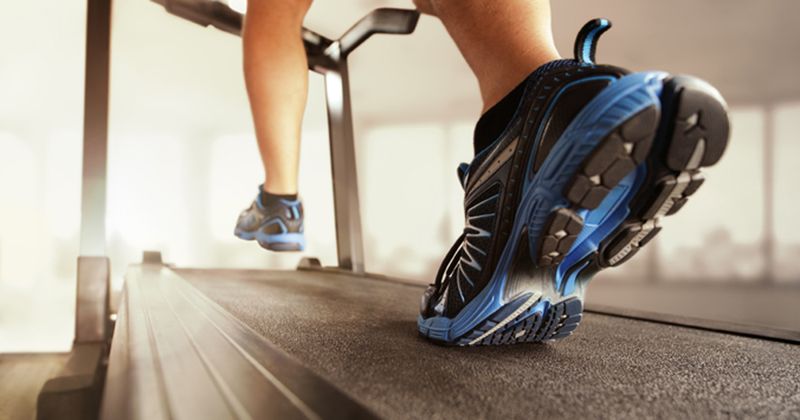Meta-analysis supports benefits of home-based walking exercise in patients with PAD
Key takeaways:
- In patients with PAD, home-based walking exercise was tied with more improvement in 6-minute walk distance than supervised treadmill exercise.
- The reverse was true for maximum treadmill walking distance.
In patients with peripheral artery disease, home-based walking exercise improved 6-minute walk distance more than supervised treadmill exercise, according to the results of a meta-analysis.
However, supervised treadmill exercise was associated with greater improvement in maximum treadmill walking distance compared with home-based walking exercise. Both home-based walking exercise and supervised treadmill exercise were linked to more improvement in 6-minute walk distance compared with no exercise.

Image: Adobe Stock
Neela D. Thangada, MD, instructor of medicine (cardiology) at Northwestern University Feinberg School of Medicine, conducted a meta-analysis individual participant-level data from three trials of supervised treadmill exercise compared with nonexercise controls (n = 370) and two trials of home-based walking exercise compared with nonexercise controls (n = 349).
For the total cohort of 719 participants, the mean age was 69 years and 46.5% were women. All participants had PAD, defined as ankle-brachial index of 0.9 or less.
The supervised treadmill exercise intervention consisted of treadmill exercise in the presence of an exercise physiologist, conducted 3 days per week for up to 50 minutes per session, whereas home-based walking exercise consisted of a behavioral intervention in which a coach helped participants walk for exercise in or around home for up to 5 days per week for 50 minutes per session, the researchers wrote in JAMA Network Open.
At 6 months, compared with nonexercise controls, participants who underwent supervised treadmill exercise improved 6-minute walk distance by 32.9 m (95% CI, 20.6-45.6; P < .001), whereas those who underwent home-based walking exercise improved 6-minute walk distance by 50.7 m (95% CI, 34.8-66.7; P < .001) compared with controls, according to the researchers.
Compared with supervised treadmill exercise, home-based walking exercise was linked to more improvement in 6-minute walk distance (between-group difference, 23.8 m; 95% CI, 3.6-44; P = .02) but less improvement in maximum treadmill walking distance (between-group difference, –132.5 m; 95% CI, –192.9 to –72.1; P < .001), the researchers wrote.
“These findings support home-based walking exercise as a first-line therapy for walking limitations in PAD,” Thangada and colleagues wrote.
